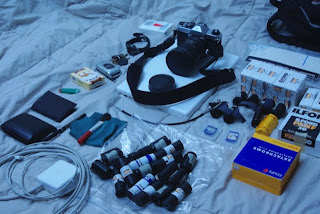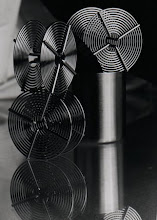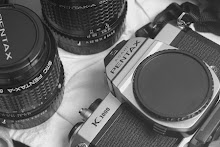Trailer for "Official Rejection" from the
You Tube Channel for Tentilnoon.
by John O'Keefe-Odom
AgXphoto.info
If you've ever submitted anything, you've probably been rejected. If you thought making a movie was a circus, wait until you see what these people have got to go through to get someone to watch it!
This documentary is about people breaking into independent films; what they expect versus the reality they'll encounter. Probably quite a bit of truth in the humor to it.
I've seen the trailer and met some of the people who worked on the film, and I know it's going to be good.
I saw my first shred of evidence that this movie existed when I met Joe Kraemer, a composer who works in and around Los Angeles. He was wearing a black baseball cap, done in quality fabrics, emblazoned with a large gold wreath around the words "Official Rejection."
Ya gotta have confidence to walk around with one of those on your head. Sure enough, he had confidence and a good sense of humor, and he was apparently damn good at what he does with music.
Around that time, I was lounging in sunny California, having finished up a trip along the Pacific Coast Highway to make some landscape pics for a follow up to a project that I've been working on here in Tennessee.
I had driven several hundred miles over the week, and had pretty much learned that a lot of California bears a strong resemblance to some parts of Iraq. Considering some of the items on my itinerary for that Iraq trip, I wasn't exactly overjoyed to be looking at that type of terrain again, but I came back with some good pictures.
Molera Point, Central California Coast
Thanks to some connections and local contacts, I ended up at the Skirball Center for a cancer benefit with the Elixir Fund. I had a chance to meet some nice people, many of whom were in showbusiness of one sort or another. All of them were smart; all of them seemed to be hardworking and dedicated. These were a bunch of people that I thought should be doing well, and I hope they do even better.
So, I'm hob-nobbing with Hollywood in the bosom of this fantastic architecture when Joe Kraemer fired up his band, Gum, preferred by four out of five dentists, for the evening's entertainment.
He had some good ideas for music; he worked on Official Rejection; I'm sure that's going to be good.
While I was at the cancer benefit, I met this attractive brunette, dynamic and smart, who had an interest in rock climbing. Having just come back from Pinnacles, I was trying to come up with whatever I could say that would get the job done. Meanwhile, she mentioned that she was working in production for a reality TV show; and, I managed to blow it by talking about how I don't like reality TV.
Rock face with trees, Pinnacles, National Monument, California
I got Officially Rejected, right there, once again. She was nice about it, but next time I think I might get more milage out of talking less. Maybe I'll just take my shoe off and start snacking on it right there like it's a hamburger, so that I can eat least get some comic value out of putting my foot in my mouth.
Some time later, I got to hear what Joe Kraemer had to say about life in general over there in Hollywood. I came to the conclusion that he knew what he was talking about when it came to music and movies.
Since he worked on Official Rejection, I recommend you check it out.
# # #
Reference websites:













.jpg)
.jpg)


.jpg)



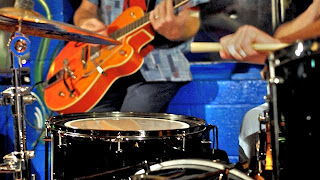
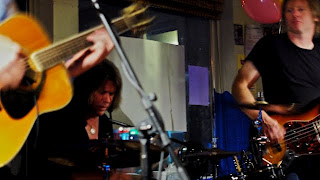
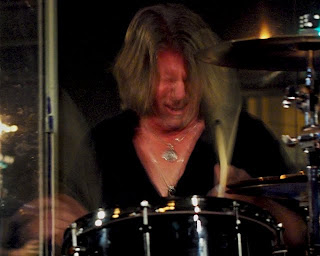


.jpg)





.jpg)



.jpg)








